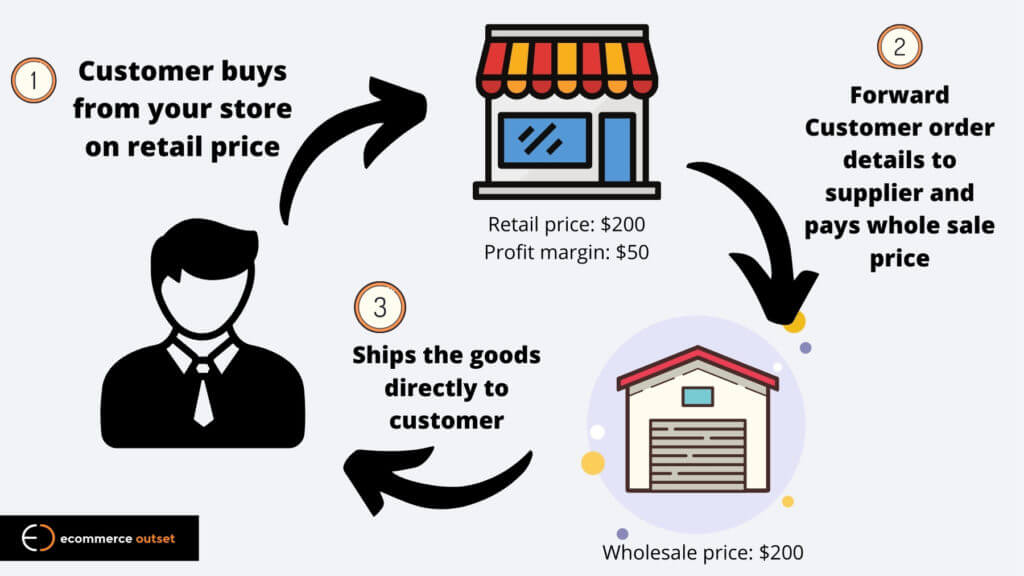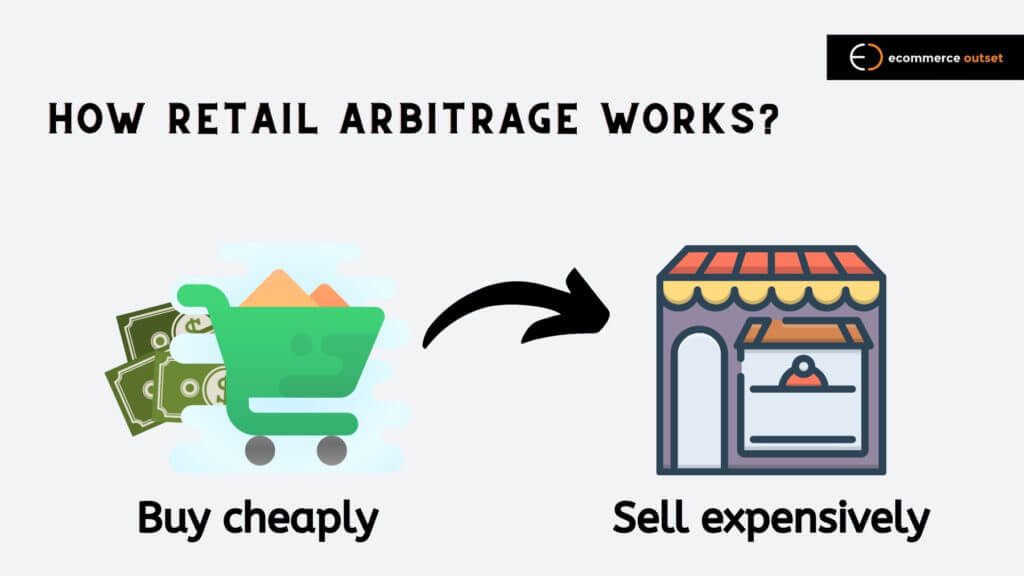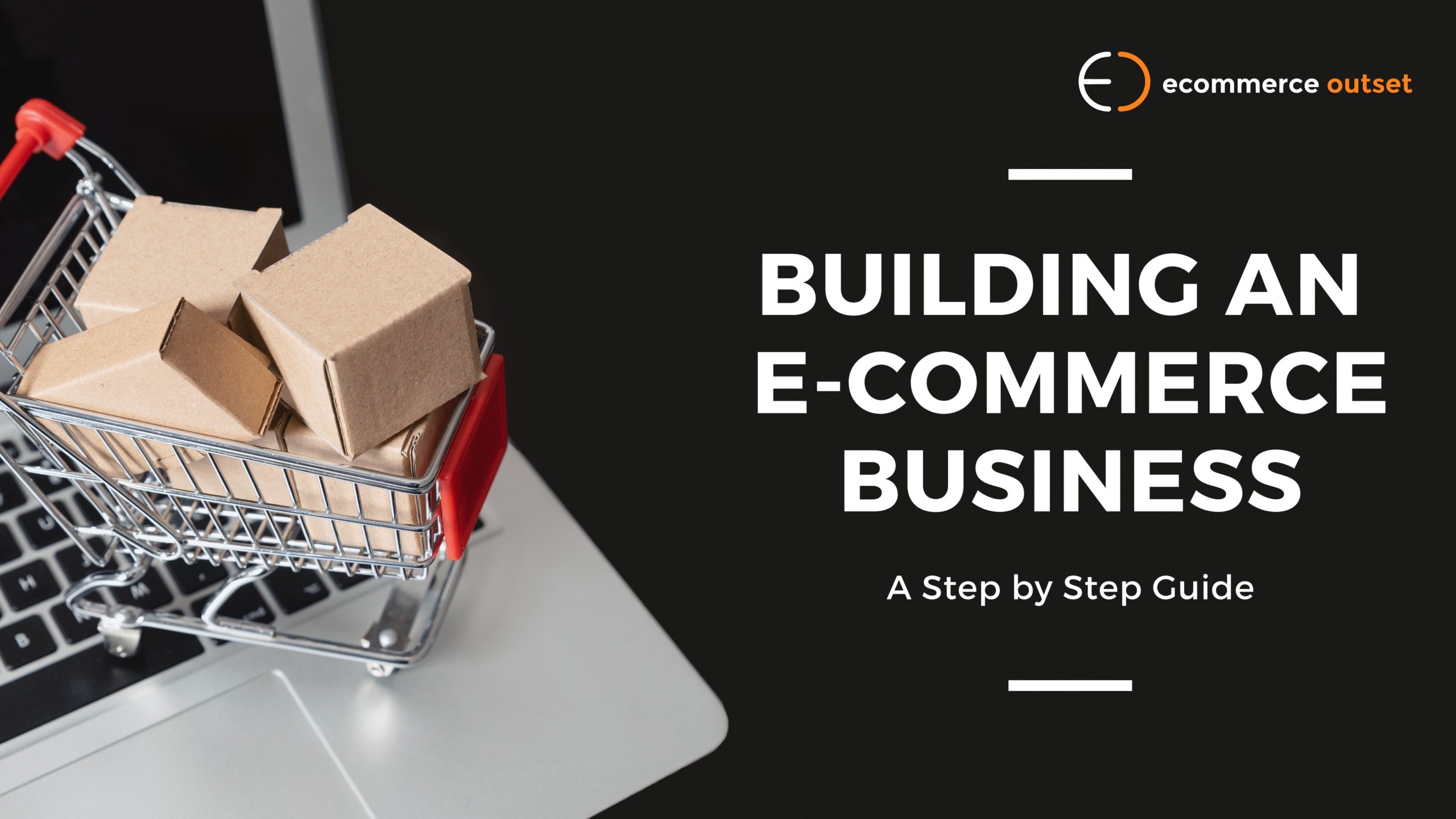- Posted on
- Rizwan Zaffar
- No Comments
How to Start a Successful eCommerce Business: Choosing the RIGHT Business Model

Certain business models are very “easy” to start but much harder to make money with. Other models are extremely profitable but have a much steeper learning curve or upfront investment. On one hand, starting an e-commerce business is simple, relatively risk-free and doesn’t require a lot of startup capital. But on the other hand, running a successful business requires a ton of hard work, perseverance and a little bit of luck. The problem is that when someone emphasizes the enormous amount of work that is required to launch a company, it tends to turn people away from starting a business. However, when someone emphasizes simplicity, people tend to harbour unrealistic expectations and expect a quick path to riches.
So what’s the right business model to pursue? As you read about the various business models below, please keep in mind that,
- Some of these business models have low barriers to entry, low costs, low overhead.
- Some of these business models are super competitive.
- Some of these business models require a decent-sized upfront investment.
- Some require inventory and some require a website etc.
Anyway, let’s discuss the pros and cons of all of the popular e-commerce business models based on the following criteria.
Each will be rated on a scale of 1-10 with 10 being the best.
- Ease Of Getting Started – How easy it is to launch your business. Does it require any technical knowledge? Upfront investment etc.
- Profit Velocity – How quickly you can make money?
- Sustainability and Risk – The defensibility of your business and its long term potential to create sustainable income.
- Level Of Competition – How hard is it to make money and can someone easily launch a competitor?
1. Dropshipping with your Own Website
The first business model I want to talk about is dropshipping with your own website.
For those of you out there who are unfamiliar with the term, dropshipping is when you put up a website to take orders online without carrying any inventory. Instead of fulfilling products yourself, you send orders over to your vendor and your vendor is responsible for shipping the order to the end customer.
Dropshipping offers the following advantages
- No inventory – Because the vendor is storing all the goods, you don’t have to worry about inventory at all
- No order fulfilment – The vendor is responsible for shipping the product to the end customer
- Low start-up costs – All you need is a basic e-commerce website which can cost as low as $5/month.
- Simple to start – If you use a platform like Shopify, it’s straightforward to launch a website.
Here how Dropshipping works?
First, you must contact wholesalers directly to get approved as a retailer. Then once you are approved, you instantly have access to hundreds of products that you can list in your shop. Because you’re selling everything on your website, you’re in full control of your store brand.
But the downside of dropshipping is that your margins are super low because someone else is storing all the inventory and doing all the fulfilment for you. Typically, the profit margins for dropship stores are anywhere from 10 to 30%.
As a result, paid advertising becomes challenging because you don’t have enough profit margin to pay for traffic. Often, you are limited to running Google Shopping campaigns only. Furthermore, competing with other shops that are physically carrying inventory is difficult because your margins are less and you have less pricing flexibility (This can be mitigated somewhat by MAP pricing).
Also, because you’re selling other people’s goods, you aren’t in control of your product mix. Let’s say your vendor decides not to carry a certain product any longer. Well, guess what? You can’t carry that product either.
Besides, inventory and customer support can be a pain because you’re not in control of the fulfilment process. Let’s say a customer contacts you to complain that they haven’t received their product. Because you are the face of the company, you have to take the blame and fix the issue even though it’s technically not your fault. Sometimes vendors can be late and unreliable. And what sucks is that a poorly chosen vendor can destroy your store reputation.
Managing inventory issues can become problematic as well. Sometimes you might sell a product that is out of stock with your vendor so you have to make sure you are in sync with their warehouse.
Overall, what makes dropshipping fragile is that you’re heavily dependent on your vendors for your business reputation. A vendor can cancel the arrangement at any time. They can discontinue products. They can be unreliable with order fulfilment and because the margins are lower, search engine optimization becomes a huge factor in your success. In other words, you will have to invest heavily in content marketing and depend primarily on Google for your sales and traffic.
Overall, here’s how I rate dropshipping on a scale of 1-10.
- Ease Of Launch – 8 – All you need is a website and wholesale vendors
- Profit Velocity – 3 – It can take quite a while to build up your search rankings and your margins are not sufficient to pay for most advertising methods.
- Sustainability and Risk – 6 – You own your brand but you’re also at the mercy of your vendors and Google. Amazon sellers will also exert downward pressure on your margins.
- Level Of Competition – 3 – Lower margins and competition from other sellers selling identical product makes it a challenge to maintain profits.

2. Dropshipping from Amazon to eBay
The next business model I want to talk about is dropshipping from Amazon to eBay. This model is also known as eBay/Amazon arbitrage.
How does this model work?
First, you find products on Amazon that are selling higher on eBay. Then, you steal the images and the product copy from the Amazon product and post an eBay listing that is significantly higher in cost.
The reason this business model works is because people who shop on eBay tend not to shop on Amazon. And for some reason, there are lots of people on eBay who are not aware that they can buy the same goods cheaper elsewhere. As soon as the auction closes on eBay, the seller then purchases that exact same product on Amazon and has it shipped over to the eBay customer. In other words, you are leveraging Amazon fulfilment and the cheap prices on Amazon to make a quick buck on eBay. What’s funny about this is that the product usually ends up being delivered in an Amazon branded box which can confuse eBay customers.
Even though I don’t see eye to eye with people who do this, there are many attractive qualities to this business model and people make a lot of money using this business model.
- There are zero overhead costs.
- There is no website required.
- You don’t need to find vendors.
All you need is an eBay account and an Amazon purchasing account. In a nutshell, the process involves listing an item on eBay at a higher price and then buying that product on Amazon and having it shipped. It’s very easy to get started but be aware. You may get nasty letters from brand owners because selling this way increases their support costs. Sometimes people will purchase the item on eBay, receive an Amazon box, check on Amazon to find the same product at a lower cost and then complain to the brand owner instead of the eBay seller. As a result, brands hate people who use this business model.
The other big downside is that you constantly have to be on the lookout for new products and you have to watch the prices on Amazon like a hawk. In addition, because brand owners hate this practice, they can complain about image and copyright theft and potentially have eBay shut you down. In fact, I’ve heard about several cases where eBay sellers have been banned for copyright or trademark infringement. Overall, this business model is great for cash flow but has poor long-term business potential. You constantly have to be on the search for new things and you’re not really adding any value at all.
Here’s how I would rate this model on a scale of 1-10
- Ease Of Launch – 10 – You don’t need anything.
- Profit Velocity – 2 – You can make sales immediately. However, the margins will be low so you’ll have to make it up with volume.
- Sustainability and Risk – 1 – You are completely at the mercy of both Amazon, eBay and the sellers you dropship from.
- Level Of Competition – 2 – Lower margins and competition from other sellers doing the same thing makes it a challenge to maintain profits. It becomes a pure volume game. There’s also an online course out there that is flooding the market with these types of sellers.
3. Retail Arbitrage
Retail arbitrage or RA for short, has become an increasingly popular business model in the last few years.
How Retail Arbitrage works?
Most liquidation stores often sell products at rock bottom prices that are far lower than Amazon retail prices. By buying up all of the clearance and liquidation merchandise from stores you can profit by selling these goods on Amazon FBA at much higher prices. The reason this model works is that a lot of consumers don’t have access to liquidation outlets and are willing to pay full price on Amazon.
What’s nice about this model is that
- You don’t need a website
- You can leverage Amazon’s huge marketplace for instant sales
- There are few start-up costs except for your inventory.
But the major downside is that your business is 100% at the mercy on Amazon and you need to constantly find or go shopping for new goods to list on the platform. This means that retail arbitrage is very difficult to scale because you end up spending most of your time hunting for bargains.
In addition, Amazon has introduced new rules that strongly discourage this business model going forward. For example, Amazon has been preventing sellers from selling certain brands without express approval from the manufacturer. So let’s say you just invested $2000 in a killer clearance sale of Legos. “Lego” is a brand that Amazon recently banned sellers from selling. So guess what? All of a sudden, you’re stuck with $2,000 worth of inventory that you can’t get rid of because you can no longer sell on Amazon. In fact, all it takes is one such incident to shut your business down and for that reason I believe that retail arbitrage is at great risk right now.
Amazon is placing more focus on supporting brands which does not favor those who sell other people’s products. I’ve also heard that Amazon is charging a large upfront cost to sell certain brands on the order of thousands of dollars. They are also enforcing GS1 barcodes purchased from valid outlets so your barcode must now match your brand. Bottom line, I would probably avoid retail arbitrage for now until things settle down.
Here’s how I rate this business model.
- Ease Of Launch – 8 – All you need to do is go shopping and sign up for an Amazon account
- Profit Velocity – 5 – You can make money right away but it’s not easily scalable
- Sustainability and Risk – 2 – Amazon’s new policies make this model risky
- Level Of Competition – 5 – Low margins and competition from other sellers selling identical product makes it a challenge to maintain consistent profits.

4. Dropshipping on Amazon
Dropshipping on Amazon is very similar to dropshipping on your own website. The main difference, ofcourse, is that you are dropshipping the goods directly to Amazon customers.
How does it work?
First, you must find distributors willing to dropship on your behalf. Then you list the item on Amazon as merchant fulfilled. Whenever you make a sale on Amazon, you contact the distributor and the distributor ships your product to the end customer. It’s important to note that this business model does not use FBA (fulfilled by Amazon) so you are responsible for filling the order in a timely manner.
Overall, this model is attractive because
- There are no start-up costs
- You don’t need a website
- You can instantly have hundreds of products at your disposal that you can immediately sell on Amazon
Now the problem with this business model is that anyone can contact the exact same wholesaler and get access to the exact same product mix. The other thing that’s extremely dangerous about this business model is that Amazon has very stringent requirements on seller quality and on-time shipments.
So let’s say it’s Black Friday and you sell a whole bunch of product. But when you go and contact the distributor, all of a sudden they tell you that the item is out of stock due to an inventory glitch. Well guess what? Amazon is probably going to ban your account. Anytime a shipment is cancelled or delayed, you run the risk of getting banned from ever selling again.
Overall, it’s really easy to start a drop-shipping business on Amazon and the profit potential is pretty good but this business model is just way too risky because you’re depending on someone else for your Amazon reputation. The past has also shown that Amazon can be quick with the ban hammer because the consumer always comes first.
Here’s how I rate this business model.
- Ease Of Launch – 8 – You just need a dropship vendor
- Profit Velocity – 7 – You can make instant sales albeit at low margins
- Sustainability and Risk – 1 – An inventory glitch or late shipments can get you banned.
- Level Of Competition – 3 – Low margins and competition from other sellers selling identical product makes it a challenge to maintain profits.
Weighing in which Business Model is Best for You?
(On a scale of 1-10, 10 being the best)
| Ecommerce Business Model | Ease of Launch | Profit Velocity | Sustainability and Risk | Level of Competition |
|---|---|---|---|---|
| Dropshipping (Own Website) | 8 | 3 | 6 | 3 |
| Dropshipping (Amazon to eBay) | 10 | 2 | 1 | 2 |
| Retail Arbitrage | 8 | 5 | 2 | 5 |
| Dropshipping (Amazon) | 8 | 7 | 1 | 3 |
| Private Labelling (Amazon) | 6 | 10 | 8 | 7 |
| Wholesale (Amazon) | 7 | 7 | 3 | 3 |
| Wholesale (Own Website) | 5 | 4 | 6 | 5 |
| Private Labelling (Own Website) | 4 | 7 | 10 | 9 |
Author – Rizwan Zaffar (Originally posted in Ecommerce Outset)

